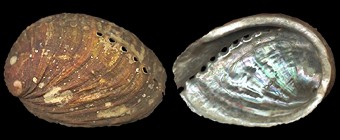 |
|
| CHANNEL ISLANDS (spot 1): |
Guernesey, 116mm.
Large, brown to cream, flat folds, weak ribbing.
Typical of SW. Normandy form.
|
|
|
| | | |
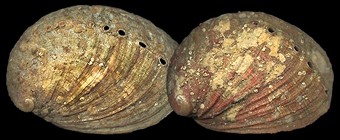 |
|
| CHANNEL ISLANDS (spot 1): |
Jersey, 102 to 114mm.
Same form than the preceeding.
These northern shells are often potato-shaped.
|
|
|
| | | |
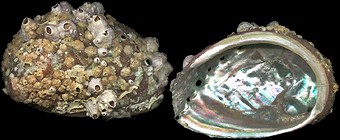 |
|
| SAINT-MALO (spot 2): |
103mm.
Specimen in natural condition.
The nacre is pale, silvery.
|
|
|
| | | |
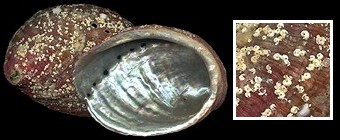 |
|
| SAINT-MALO (spot 2): |
114mm.
Specimen in natural condition.
Large, heavy, rounded.
|
|
|
| | | |
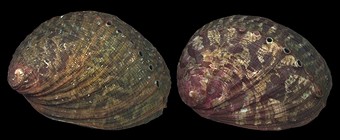 |
|
| SAINT-MALO (spot 2): |
100 to 108mm.
Shades of green and purple.
Marbled pattern.
|
|
|
| | | |
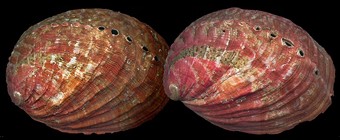 |
|
| SAINT-MALO (spot 2): |
Mount St. Michel Bay, western side. 107-111mm.
Old timers fished in deeper water, by snorkel.
The pattern follows a spiral band.
|
|
|
| | | |
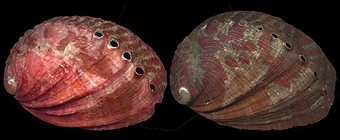 |
|
| SAINT-BRIEUC (spot 3): |
Red specimens from deep water. 93-100mm.
The decoration becomes variable.
All along the northern coast, the shape will remain constant.
|
|
|
| | | |
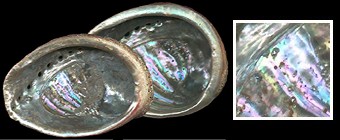 |
|
| SAINT-BRIEUC (spot 3): |
115-117mm.
The nacre is pale. Gerontic specimens often show some kind of pearly enkystments around the muscular print.
|
|
|
| | | |
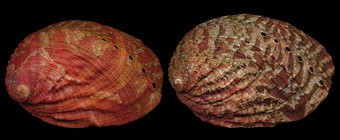 |
|
| BREST (spot 4): |
At low tide. 80-86mm.
Super redskins from the far west. Great shells from Franck Frydman's collection. Did you notice the lamellæ?
|
|
|
| | | |
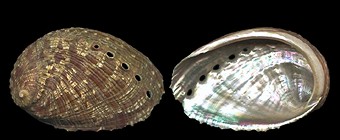 |
|
| GROIX ISLAND (spot 5): |
62mm.
Beachstormed subadult. The dorsum shows unusual large and flat cords.
Sculpture is less variable among a single area than between two distinct
ones.
|
|
|
| | | |
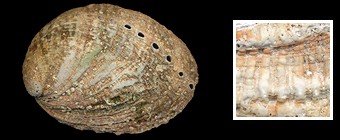 |
|
| GROIX ISLAND (spot 5): |
90mm. Locmaria intertidal rocky flats.
Beachstormed adult. The pure Sea-Potato.
|
|
|
| | | |
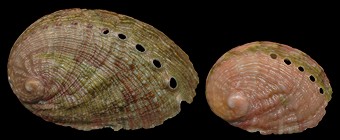 |
|
| GROIX ISLAND (spot 5): |
15-32mm. Storang cove, and Port-Mélite.
Beachstormed juveniles, with delicate colours.
|
|
|
| | | |
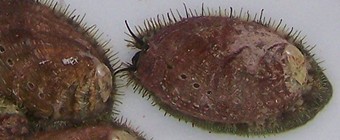 |
|
| GROIX ISLAND (spot 5): |
Farmed abalones from Port-Tudy, on the
island. Specimens larger than 4cm are sold, at 95euros/kg (64usd/lb),
as the cocktail-abalone. The colours are typical of farmed haliotids.
|
|
|
| | | |
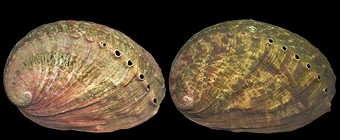 |
|
| GALICIA (spot 6): |
A Coruña. 79 to 83mm.
Shells flat, lighter in weight than specimens from Brittany or Normandy. The nacre changes.
|
|
|















